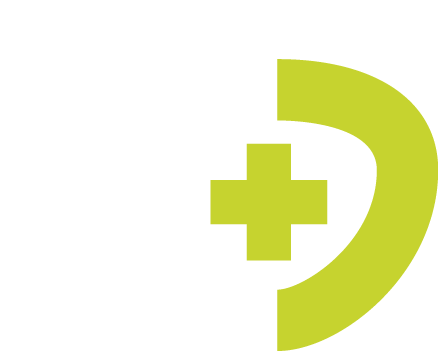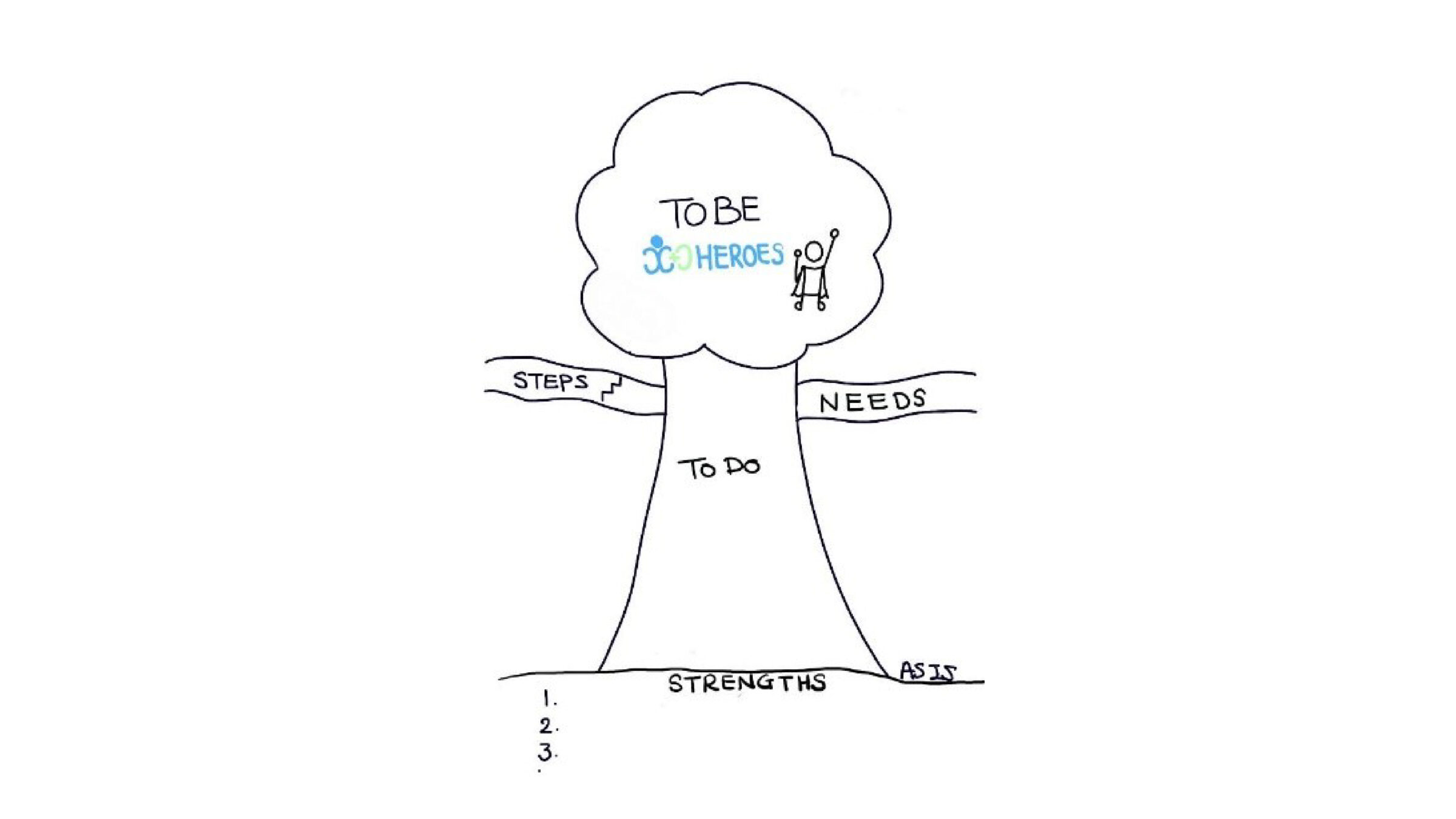From Silos to Synergy: Human-Centered Collaboration in HEROES for the Future of Health Workforce Planning
By Ines-Kuniko Mogami, Collaboration Catalyst
One of the greatest joys of my career has been bringing people together. Watching professionals from 18 European countries become collaborators in HEROES, hearing the room fill with laughter and insight, and witnessing the spark of connection as ideas are co-created and knowledge flows freely. In those moments, you realize the power of collective creative intelligence, the power of people and working beyond borders. You do not just see change, you feel it.
Have you ever considered how to foster effective collaboration and meaningful engagement across 18 European countries within the complexity of a multi-team system, such as in a Joint Action?
Well, we did it at HEROES.
Why?
In the complex world of health workforce planning, where data models, projections, and technologies guide decision-making, it is easy to lose sight of the human element. Yet, this is precisely why creativity and human-centered design are so essential. Planning for the future of healthcare is not just about numbers, it is also about people. By connecting individuals, ideas, and practical solutions, we are shaping workforce strategies that are not only technically sound, but also grounded in empathy, collaboration, and shared purpose.
What did we do?
Through our workshops and meetings, we have brought together diverse stakeholders across countries, disciplines, and roles using creative, co-creative approaches to break silos and generate new insights. Whether online or in person, these sessions were designed to inspire active participation, partnerships and mutual understanding.
We used visual tools, effective brainstorm methods and having conversations outdoor in the beautiful patio of AGENAS to support creative intelligence and connection. And we did not just implement these methods, we measured their impact. Preliminary results from our evaluation show promising outcomes in engagement, sharing common language, learning, and collective ownership, and have been presented at conferences such as the European Conference on Creativity & Innovation (Connect2Create 2024) and the European Health Management Conference (EHMA 2025).
How did we do this?
Using design thinking, co-creation, and creativity work by fostering collaboration and encouraging diverse perspectives, leading to innovative solutions that are grounded in real human needs. Design thinking and co-creation have been used also been used by several organizations including the WHO. Another important element is asking powerful questions. Through this way it stimulates deep reflection, challenges existing assumptions, and unlocks new insights, ensuring that the solutions we create are both relevant and impactful.
In a world increasingly driven by algorithms and automation, human-centeredness and creative thinking becomes our anchor. It ensures that policy decisions reflect lived realities, not just trends on a dashboard. The question is not which one to choose,but rather how can we bring the social and humanity together with data and the technology that will empower us to improve health workforce planning for all of us.
What makes HEROES interesting and engaging?
The different dialogues with multiple partners is one of the success factors of HEROES. At the end of the day I often reflect on the discourses we are having during the HEROES meetings. Lately, on how health workforce planning can benefit from understanding the intersection of socio-technical interactions that shape systems, highlighting the need to understand how people, processes, and technologies.
Empathy and data analytics in Health Workforce Planning
For me I realized that empathy and data analytics are not opposites, but that they are actually powerful complements; data helps us see patterns and empathy helps us understand the people behind them. Integrating empathy with data analytics could offer valuable insights for more responsive and sustainable solutions.
So, I would like to invite you to reflect on:
- How might you bring people together through imagination, creativity, and technology, daring to lead with empathy beyond convention?
- In a data-driven world, what part of our shared humanity will you bring into health workforce planning?
- What could we create if we led with both our minds and our hearts?
Should this topic be of interest to you, I would welcome the opportunity to exchange perspectives and continue the dialogue. Please do not hesitate to get in touch.




